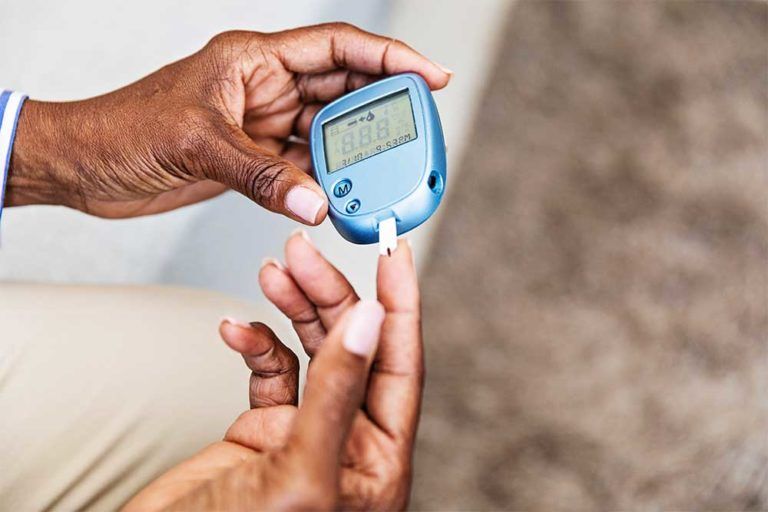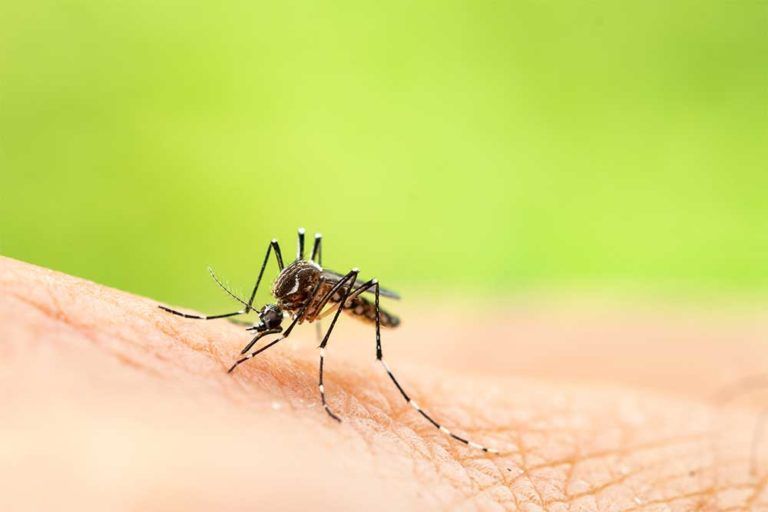Many people find that a waist measurement is more meaningful than a BMI to determine whether someone is healthy.
Having a healthy weight doesn’t mean you are healthy. Although it is true that weight is an important indicator, weight alone doesn’t necessarily tell the whole story. Other factors to consider are:
- Aerobic health
- Age
- Blood pressure
- Cholesterol
- Health problems
- Level of physical activity
- Tobacco use
Many physicians opt to look at your body mass index (BMI) instead of your weight to determine whether you are at a healthy weight for your height. People like using BMI because it’s so easy: put two numbers into a calculator, and it instantly classifies you as being underweight, at a healthy weight, overweight, or obese. However, your BMI also has its limitations. It can be misleading for any of the following populations:
- Young people.
- Those who are unusually short or unusually tall. If you are shorter than five feet or are more than two inches past six feet, then your BMI will either underestimate your obesity if you are short or overestimate it if you are tall.
- People with disabilities who are unable to walk. Someone who can’t walk is likely to lose muscle as a result, but they might not be underweight.
- Anyone with bulky muscles, such as a dedicated athlete or body builder. Why? Muscle is denser than fat, so you will have a larger volume of fat per pound than for muscle.
- Some ethnic groups. Asians and Indians, for example, have more body fat than people of European descent. For some Asian populations, increased risk of diabetes or cardiovascular disease starts at 23 instead of 25. Other examples are Torres Strait Islanders and those of Maori descent. They can have a higher BMI and yet not be overweight or obese.
- The elderly. There are a couple of reasons for this. The first is that it can be hard to get people’s BMI if they are bedbound or taking their own measurements. The second is that research suggests that having a BMI between 25 and 30 might be a good thing for those who are older, especially if they live in a long-term care facility. Nobody knows why exactly, but it might be because they have less risk of fracturing a hip when they fall, and that, in turn, saves them from the risks of surgery and any post-surgery complications. Additionally, someone who is more than 65-years-old is considered to be underweight with a BMI of less than 23.
All a BMI gives you is some statistical information. It’s not a threat guaranteeing that you will automatically get sick. However, you are at risk of developing specific health conditions if you are overweight. Between a BMI of 25 and 27, the risk of death increases by 20 to 30 percent. Above 27, the risk of death increases by about 60 percent. Possible diseases for those with a high BMI and too little exercise include the following:
- Depression and other disorders involving mental health. Low self-esteem, a distorted body image, and eating disorders are all possible. Those who are obese are three to four times more likely to be depressed than those of normal weight, and they are likely to be more depressed than, or as depressed as, people dealing with chronic pain.
- Diseases involving your heart and blood; that is, cardiovascular problems.
- Gallbladder disease.
- High blood pressure, also known as hypertension.
- Skin conditions.
- Sleep problems.
- Some types of cancer; breast and colon cancer are two important ones.
- Type 2 diabetes.
Being underweight has its own set of problems:
- Compromised immune function.
- Digestive diseases.
- Respiratory disease.
To determine whether someone is healthy, many people find that a waist measurement is more meaningful than a BMI. If your fat is in your abdomen, no matter how much you weight, you are at greater risk for developing particular obesity-related health problems. Scientists don’t know why those with fat around the hips and buttocks aren’t at increased risk as well. Body fat distribution seems to affect health risks as follows:
- Those who are slim, with evenly distributed body fat, have the least risk.
- Those who are overweight but don’t have a pot belly have moderate risk.
- Those who are slim but have a pot belly are at moderate to high risk.
- Those who are overweight and have a lot of fat in the abdominal area are at high risk.
What does your waist measurement tell you?
- Men with a waist measurement of 37 inches have an increased risk; at 40 inches, risk increases substantially. If you are from China or South Asia, you should have a smaller waist. Anything more than 33 or 34 inches could be a problem.
- Women with a waist measurement of about 31.5 inches have an increased risk; at about 35 inches or more, risk increases substantially.
What should you do if you have abdominal fat, or you know it runs in your family? Work to be more physically active and, when you have a choice, eat unsaturated fat instead of saturated fat. Both will decrease your risk. If you’ve already put on weight, don’t despair. Work to be as healthy as possible, and let the rest take care of itself.























